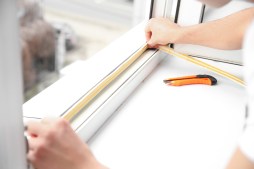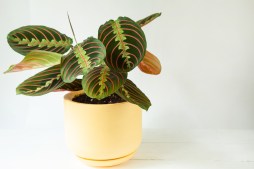Step-by-Step Guide to Properly Water Indoor and Outdoor Plants

Watering plants correctly is essential for their health and growth. Different types of plants, whether indoor or outdoor, have unique watering needs. This guide will walk you through the best practices for watering a variety of plants to help you keep your garden and home greenery thriving.
Understanding Plant Water Requirements
Before watering any plant, it’s important to understand its specific water needs. Succulents and cacti require less frequent watering due to their ability to store water, while tropical plants often need consistent moisture. Knowing your plant’s natural habitat can guide how much and how often you should water them.
Best Practices for Watering Indoor Plants
Indoor plants typically need less water than outdoor ones because they are not exposed to direct sunlight or wind, which cause faster evaporation. Use room temperature water and water your plants thoroughly until excess drains out of the pot’s bottom. Avoid letting indoor pots sit in standing water as this can lead to root rot.
Best Practices for Watering Outdoor Plants
Outdoor plants generally require deeper watering less frequently rather than shallow watering daily. Early morning is the ideal time to water outdoor plants; this minimizes evaporation loss and allows leaves time to dry before nightfall, reducing disease risk. Use mulch around your outdoor plants to retain soil moisture effectively.
Tailoring Watering Techniques by Plant Type
For succulents and cacti: allow the soil to dry completely between watering sessions. For flowering perennials: keep the soil consistently moist but not soggy during their growing season. For vegetables: deep, regular watering encourages strong root development — apply water directly at the base of each plant.
Signs Your Plant Needs More or Less Water
Wilting leaves may indicate either under-watering or over-watering, so check soil moisture first by feeling it with your finger a couple of inches deep. Yellowing leaves coupled with soft stems usually point toward overwatering issues; brown crispy edges suggest underwatering. Adjust your routine accordingly based on these signs.
Properly watering different types of indoor and outdoor plants is key to nurturing healthy greenery that adds beauty wherever they grow. By understanding each plant’s specific requirements and following these step-by-step best practices, you’ll create an environment where your plants can flourish all year round.
This text was generated using a large language model, and select text has been reviewed and moderated for purposes such as readability.











